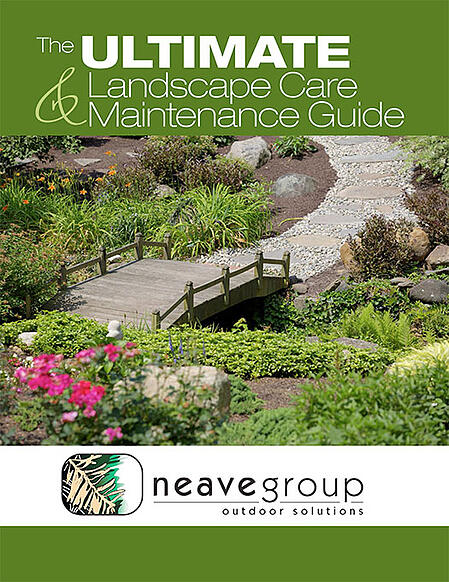Have you dethatched your lawn lately? If not, don’t feel bad — it’s one of the most overlooked lawn care tasks, even though it’s really important.
Thatch is the layer of dead grass, roots, and debris that accumulates between the soil surface and the green grass blades above.
Some thatch is actually good for grass. It helps keep the soil cool and prevents water loss. It makes your lawn feel nice and cushy when you walk on it in bare feet. It even protects the lawn a bit from wear and tear.
But over time it forms a thick mat, preventing water and air from reaching the soil. And it creates the perfect environment for pests and diseases. Both good reasons to get rid of the extra stuff.
Why Dethatch Your Lawn In Late Spring
Experts say late spring/early summer is a great time to dethatch. Dethatching too early in the spring may damage new crowns, which is at soil level where the grass shoots and roots meet. Midsummer dethatching puts additional stress on grass during hot, dry periods. Dethatching your lawn in mid- to late fall is too late in the season because it leaves the grass weak and damaged during the winter, and the lawn might not recover in the spring.
Here are four benefits to dethatching your lawn before summer settles in.
Dethatching Encourages Root Growth
As thatch builds up, the roots of new grass plants grow within the thatch layer, rather than in the soil. So your grass will have weak, shallow roots, not the deep healthy roots it needs to grow lush and green.
Dethatching helps roots grow deeper, and gets air to your turf’s roots, encouraging growth.
Dethatching Gets Fertilizer To The Soil
Too much thatch prevents the fertilizer you so painstakingly apply from getting to the soil where it’s needed. Remove the thatch, and you clear the way for fertilizer to easily soak in.
Dethatching Helps Water Drainage
A healthy lawn allows water to seep in nicely to be soaked up by the soil and the root system. Thatch buildup keeps this from happening. The water stays on the surface, over saturating the grass, but not getting where it needs to go.
Dethatching Prevents Pests And Diseases
That thick mat of thatch is like a cozy nesting ground for pests and diseases. Get rid of it and you take away their cool hangout.
How To Tell If You Have Too Much Thatch
If your thatch is less than ahalf-inchh thick, it’s not a problem. Lucky you! You don’t have to do anything.
How can you tell? You measure it, of course. Poke around the grass until you find the brown layer near the bottom of the grass blade. With your finger or a stick, poke a hole through the brown layer to the top of the soil. Measure the thickness of the thatch.
Is it more than half an inch thick? Let the dethatching begin.
Here are a couple more clues: if only the very top part of the grass is green and the rest is brown, or if you mow and your lawn looks brown and “scalped,” you probably have a thatch problem.
How To Dethatch Your Lawn
If your lawn is small, you can dethatch it with a special dethatching rake. The sharp, crescent-shaped tines slice into the thatch, breaking it up.
For larger lawns, you might want to hire professionals who zoom in with commercial equipment that has several blades on the underside that rotate, catch onto the thatch, then pull it away from your lawn.
Dethatching will remove a lot of dead plant material, so your lawn may need reseeding to get it back in good shape.
Don’t be an overachiever and try to dethatch as soon as the snow melts. The ground is wet and fragile in early spring. Walking on it compacts the soil and dethatching too soon will damage the lawn.
For best results, dethatch your lawn about every one to two years, in late spring.
Should You Dethatch Your Lawn? Leave It To Neave
The experts at Neave Lawn Care definitely know when to dethatch your lawn. And dethatching is just part of the comprehensive array of services we provide.
A great place to start is with our free lawn analysis. A Neave Lawn Care specialist will visit your property to analyze the health and condition of all your outdoor plant life.
It’s your chance to ask as many questions as you like and point out any concerns about your lawn and plant life. We’ll offer advice and solutions, and we can easily work these in to your lawn care service package.
You can build a personalized lawn care service package that perfectly suits your needs.
If you’re in the Hudson Valley, call us at (845) 463-0592. If you’re in Westchester County, call (914) 271-7996; from Connecticut, dial (203) 212-4800. Or, fill out our simple web form, and we’ll contact you about setting up your free consultation.




